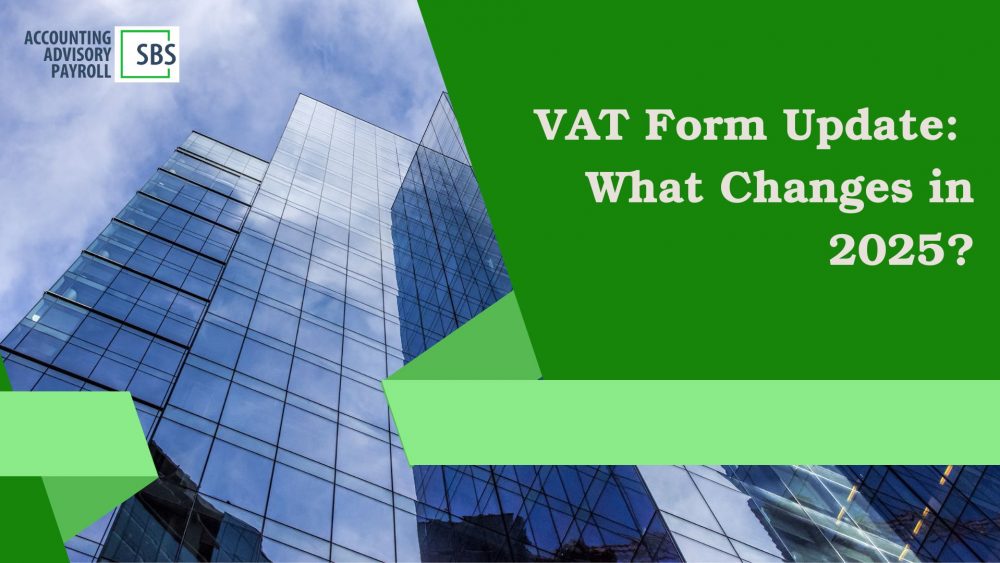What’s Changing from July 30, 2025?
As of July 30, 2025, the Hungarian 2565 VAT return form will include four new optional fields on its 2565M-02 and 2565M-02-K pages. These additions allow for detailed VAT breakdowns by tax rate (5%, 18%, 27%) and an indication of proportionally reduced VAT amounts.
But what does this mean in practice? Is it a step toward simplification, or does it introduce yet another layer of administrative effort?
The Core of the Update: Optional But Insightful
According to NAV’s announcement, completing the new fields is not mandatory. Their primary purpose is to reduce errors and streamline data matching in VAT audits and reviews. They do not replace existing required fields, but can help clarify any differences between total VAT invoiced and VAT deducted.
In other words:
- Reporting the full taxable amount and total VAT remains mandatory.
- The new fields are simply supplementary and can reflect deductible VAT by tax rate.
Common Misunderstanding: Not a New Reporting Method
It’s important to clarify that this update does not introduce an alternative VAT reporting method. The required full amounts must still be reported. The breakdown by tax rate (columns h1–h4) is only optional.
These new fields provide additional detail, not replacement.
Who Might Benefit?
The primary advantage lies with NAV, which uses the added data to enhance selection and risk analysis processes. For businesses that:
- Partially deduct VAT, or
- Use invoices with multiple VAT rates,
…these fields can help avoid discrepancies during data reconciliation.
NAV clearly states:
“Voluntarily provided data supports more accurate selection and analysis.”
Is It Worth Using the New Fields?
For businesses already reporting correctly, this change may not offer significant relief. Those using automation or reconciliation tools with online invoice data have likely already reduced data mismatches.
However, if your past returns included only the deductible portion and not the full VAT, the new fields offer a way to clarify those differences – potentially reducing the chance of triggering a data-matching procedure in 2025.
Key Takeaways:
- The new columns are optional and supplementary.
- Full VAT reporting is still required.
- They aim to improve audit efficiency and clarify partial deductions.
- Automation and data validation remain your strongest tools for avoiding reconciliation issues.






Comments are closed.